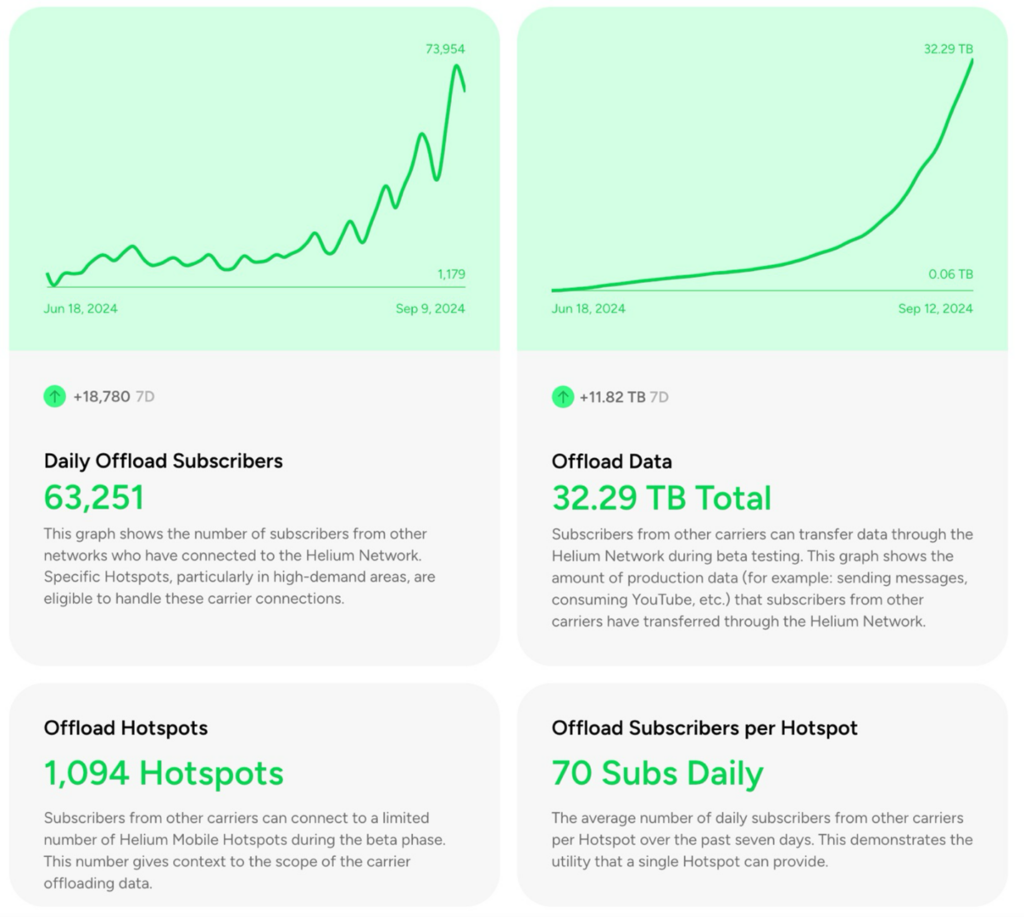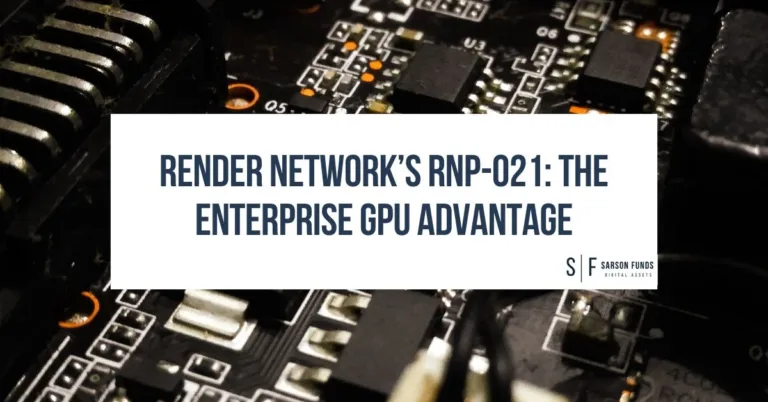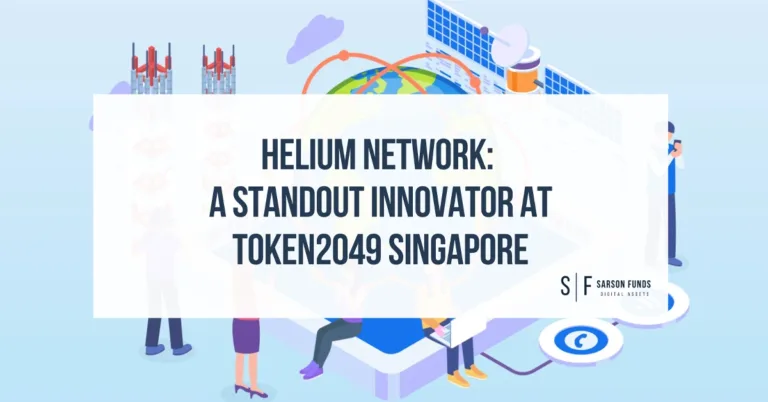
Introduction:
The Helium Network is expanding its decentralized infrastructure with the recent approval of HIP 128, HIP 130, and HIP 131. These proposals introduce new advancements in 5G coverage and energy management through the creation of the ENERGY subnetwork. The Energy SubDAO, powered by community participation, enables real-time energy monitoring, promotes renewable resource integration, and drives efficiency. Helium’s innovative approach to 5G deployment allows large institutions to extend 5G coverage seamlessly, without needing to deploy new hardware. With carrier offloading already being beta-tested by major telecom companies, Helium is on track to revolutionize decentralized networks and infrastructure.
Energy Management Through HIP 128:
HIP 128 introduces the ENERGY subnetwork, allowing for decentralized energy management. The Energy SubDAO enables consumers and businesses to monitor and optimize energy usage in real-time, helping cut costs and integrate renewable resources. Incentivized by token rewards, participants contribute to a community-driven, sustainable energy ecosystem. This decentralized model opens doors for new business approaches, such as Energy-as-a-Service, while adhering to regulatory standards.
5G Expansion with HIP 130 and HIP 131:
The approval of HIP 130 and HIP 131 accelerates the expansion of Helium’s 5G coverage by allowing administrators of existing WiFi networks in locations like airports and universities to enable Helium 5G with minimal effort. This reduces the need for new hardware deployment and simplifies network expansion. Institutions providing 5G coverage are rewarded with $MOBILE tokens, convertible to USD via SpherePay, making adoption even more attractive.

Carrier Offloading and Real-World Applications:
Helium’s 5G network is being beta-tested for carrier offloading by major telecom providers. This feature allows carriers to automatically offload traffic to Helium’s network, providing better coverage and capacity without user intervention. Telefónica has already implemented this in Mexico, and with thousands of active hotspots in the U.S., Helium’s carrier offloading capabilities are proving to be a practical solution for data management.
Conclusion:
With HIP 128, 130, and 131, Helium is offering groundbreaking advancements in 5G coverage and energy management. As Helium continues to roll out these innovations, its influence on the DePIN space and the broader tech landscape is undeniable.
Disclosures: Not investment advice. The Author, Sarson Funds, Inc. and its affiliated managers may hold positions in the projects mentioned. Talk with your financial advisor before making any investment decisions or have them contact Sarson Funds directly at [email protected].









